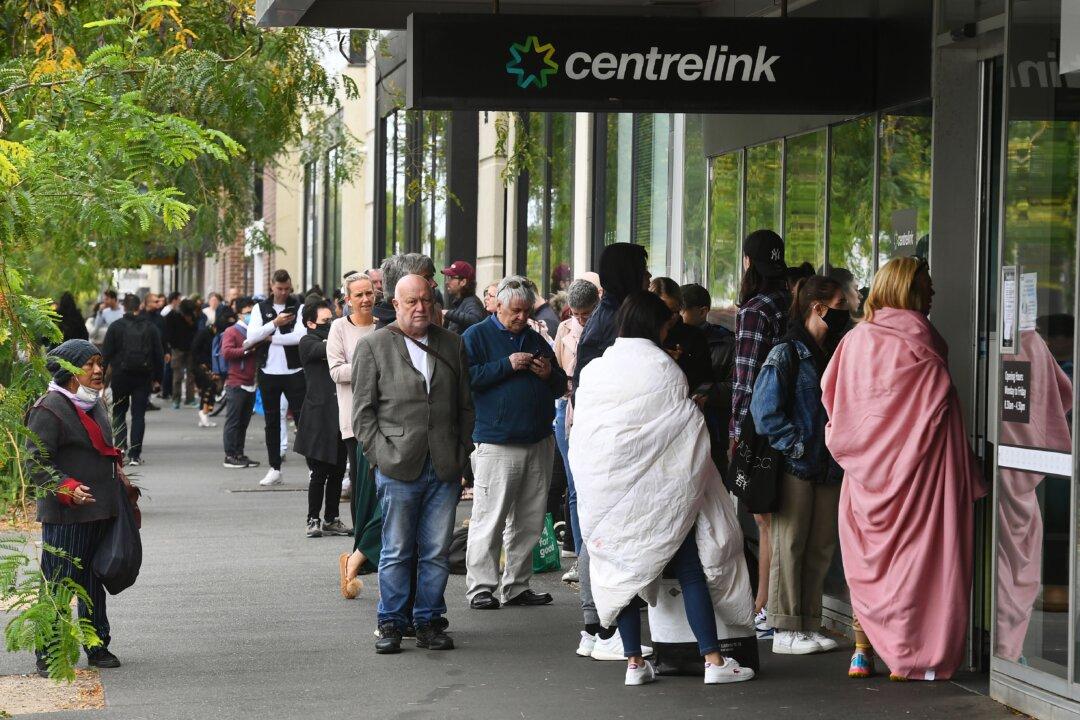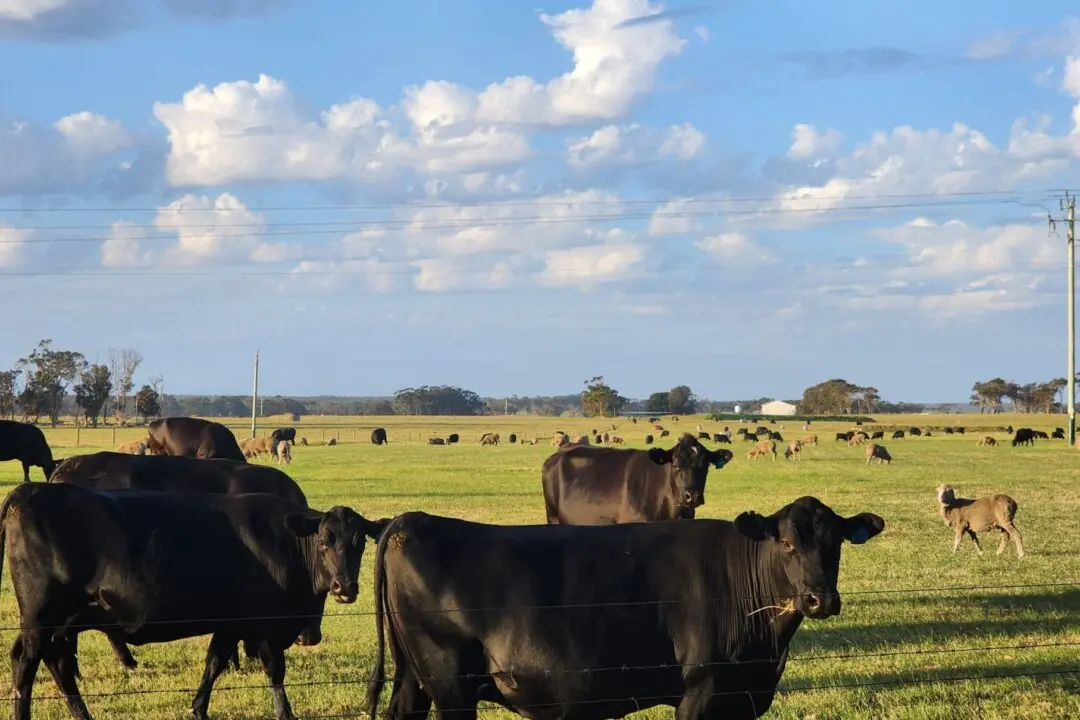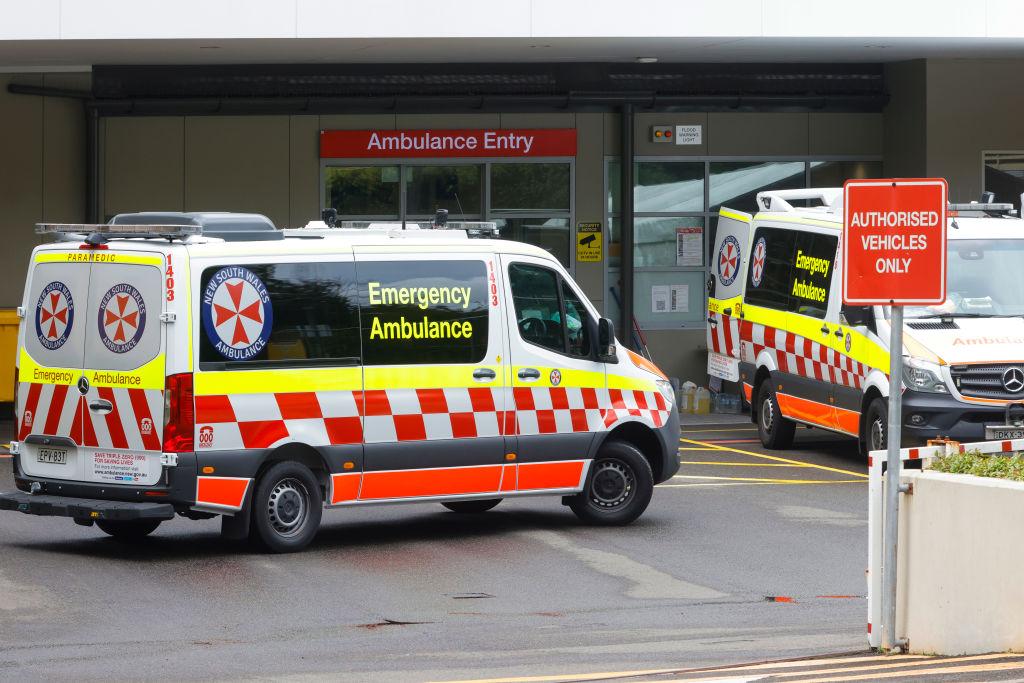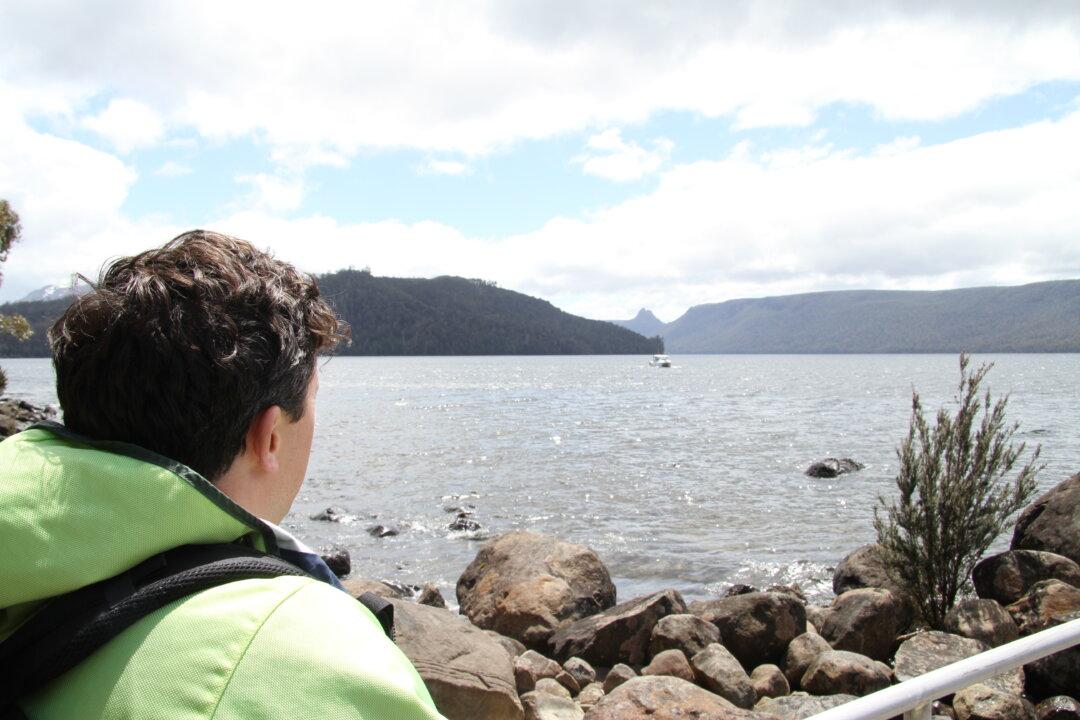The jump in the jobless rate to the highest level in nearly two decades is only the beginning, with further rises expected in coming months as the impact of COVID-19 takes its toll.
The unemployment rate spiked to its highest level in nearly two decades at 7.1 percent in May as a further 227,700 people lost their job.





